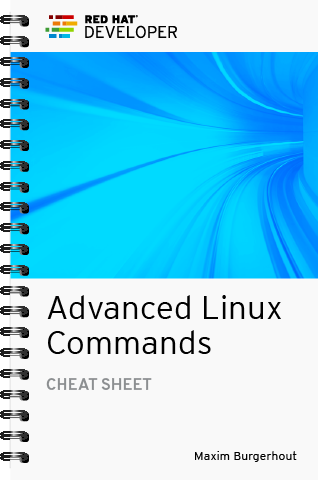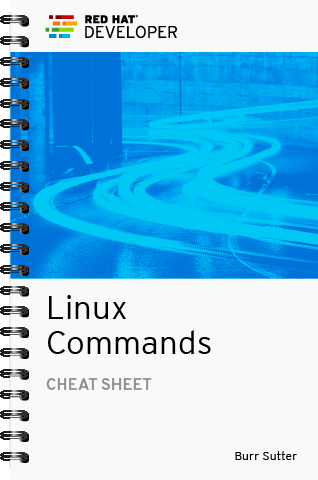

- REDHAT LINUX VERSION COMMAND INSTALL
- REDHAT LINUX VERSION COMMAND DRIVERS
- REDHAT LINUX VERSION COMMAND UPGRADE
- REDHAT LINUX VERSION COMMAND DOWNLOAD
Therefore, voluntary upgrade can be performed only on Dedicated Servers and KVM-based virtual servers. If you have a VPS as an OpenVZ container, it is not possible to upgrade your kernel independently, because all virtual containers run the same kernel loaded on the node. : of the operating system: memory allocation, process allocation, device Here is an example of possible output from this command: # yum info kernel -qĭescription : The kernel package contains the Linux kernel (vmlinuz), the core of any This will usually only show the latest installed kernel and not the current running kernel. However, it gives more detailed information. This command may run noticeably longer, because yum uses a python interpreter and one or more plugins by default.

If you are running CloudLinux, you could see “lve” in the kernel version: # uname -rĪnother way to check would be with the following yum command: yum info kernel -q If you run CentOS 7 on a Dedicated Server or a KVM virtual server, you could see “el7” in the kernel version, which refers to Red Hat Enterprise Linux, from which CentOS is derived: # uname -r If you run a VPS (Virtual Private Server) as an OpenVZ container, you will see the “stab” in the kernel version: # uname -r Depending on the platform your server is running on, you may see slightly different output, even for the same CentOS 7 operating system. To view the current kernel version and build date, run uname -r. To check system parameters such as the kernel version and build date, OS architecture, hostname, etc., you can use the uname command, which is included in coreutils package: # uname -rvģ.10.0-693.11.6.el7.x86_64 #1 SMP Thu Jan 4 01:06:


Now you can move on to checking/updating and/or removing the various Linux kernel versions. With that in mind, most if not all Linux Operating systems are based off a monolithic kernel.
REDHAT LINUX VERSION COMMAND DRIVERS
REDHAT LINUX VERSION COMMAND DOWNLOAD
You can easily build images based on the many Application Streams.įor a quick reference to new RHEL 8 commands, download the Red Hat Enterprise Linux 8 Cheat Sheet for tips.Showing the jobs of a kernel within a computer Use this if you want to see a list of what’s available: # yum module list # find available application streamsįor container development, RHEL 8 adds new Linux container tools: Buildah (container building), Podman (running containers) and Skopeo (sharing/finding containers).
REDHAT LINUX VERSION COMMAND INSTALL
Or, install a specific version: # yum install # installs PostgreSQL 9.6 Start with these commands below for your first time through.įor the impatient, use this yum syntax to install an Application Stream recent version: # yum install # installs the default, PostgreSQL 10 It includes dozens of runtime languages, compilers, databases, and web and cache servers. Red Hat Enterprise Linux 8 introduces new features that accelerate your application development including installation, coding, tool selection and setup.


 0 kommentar(er)
0 kommentar(er)
